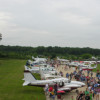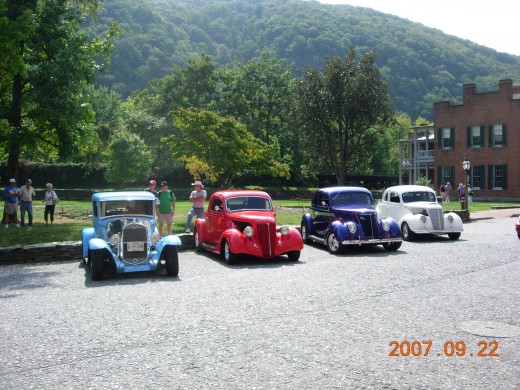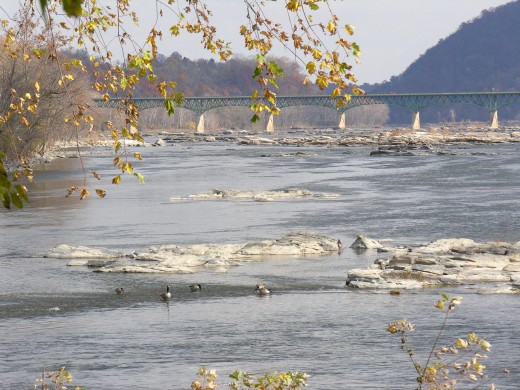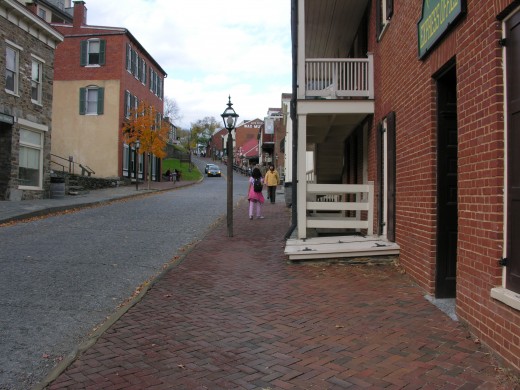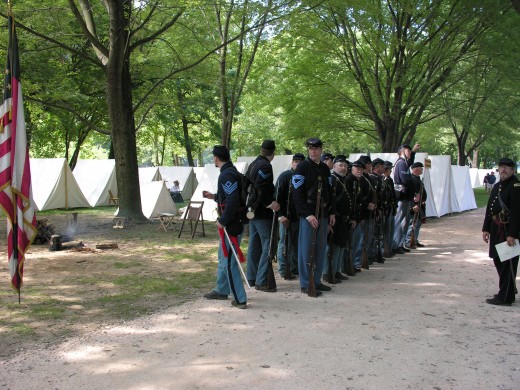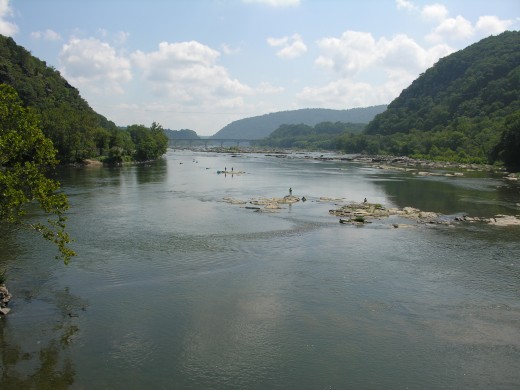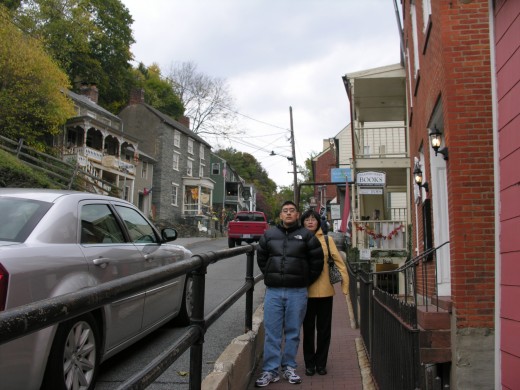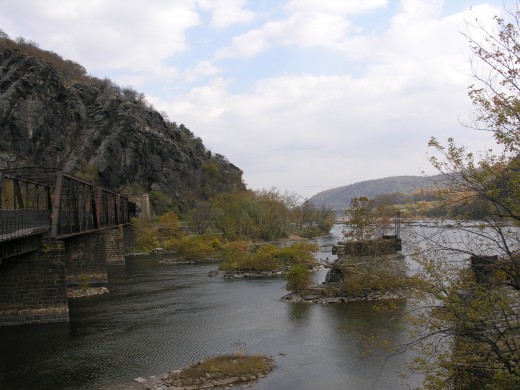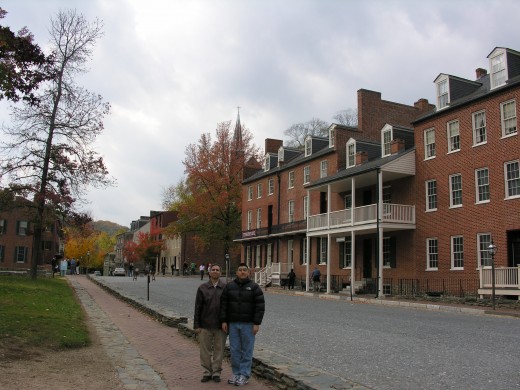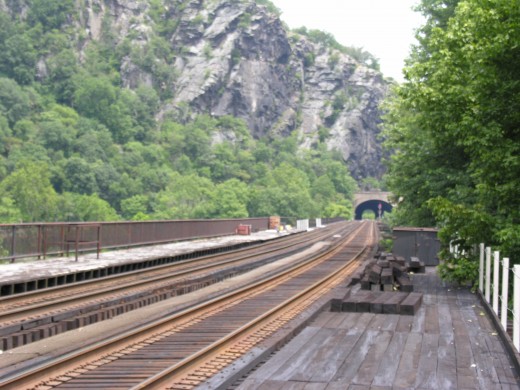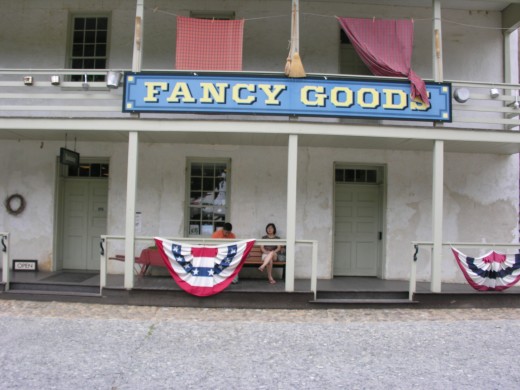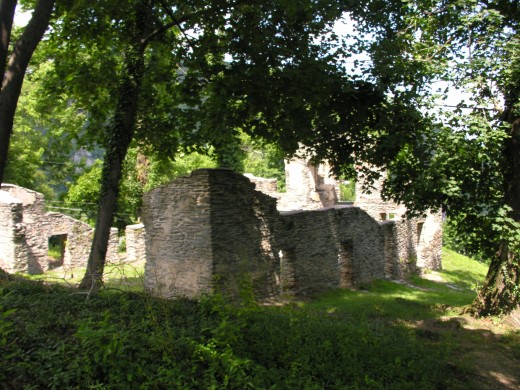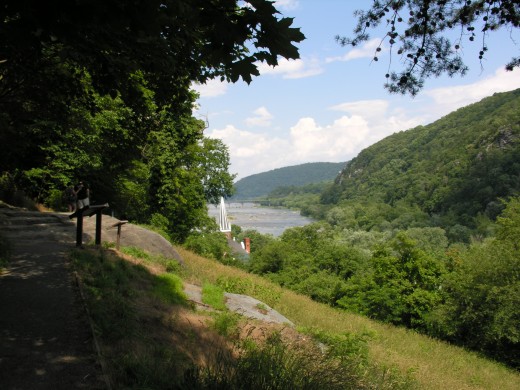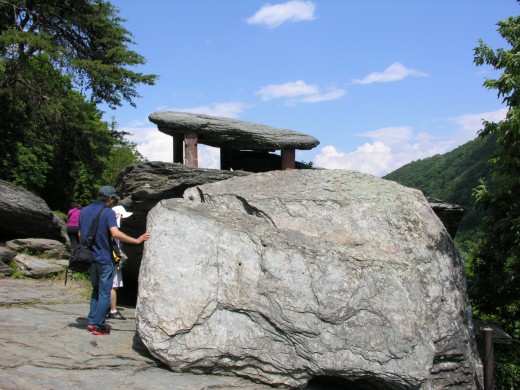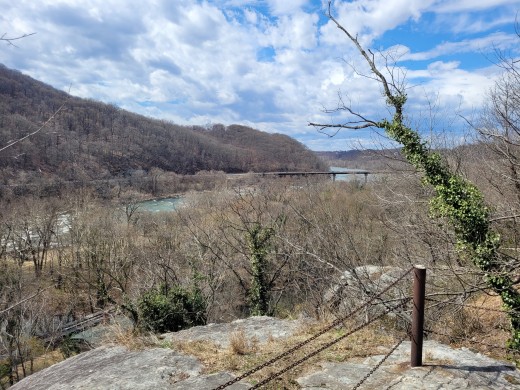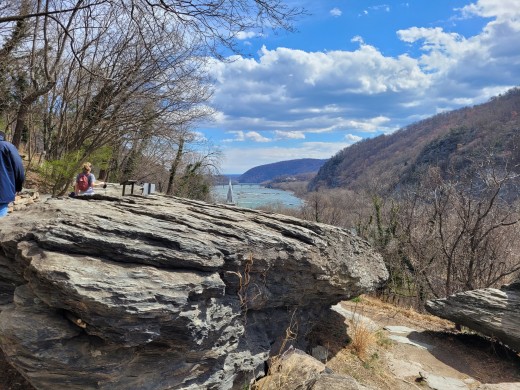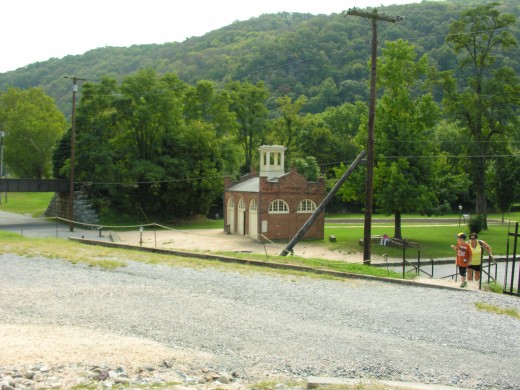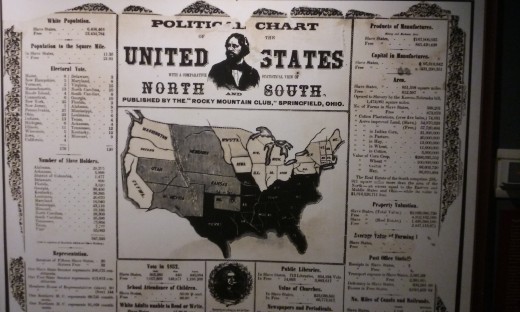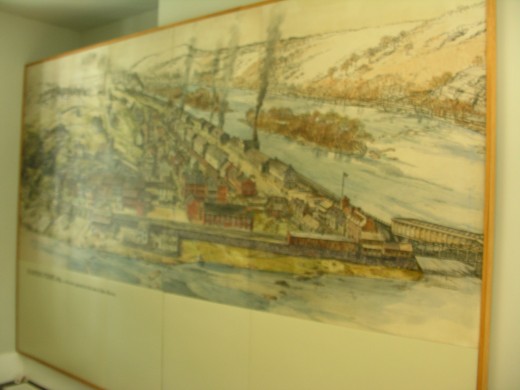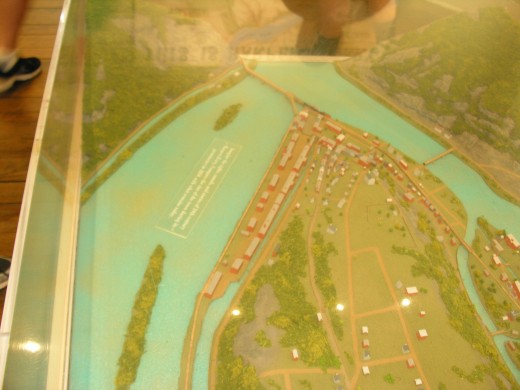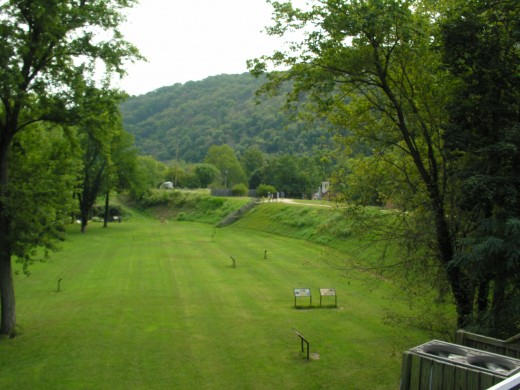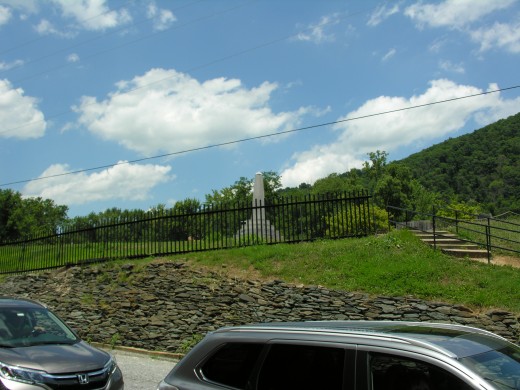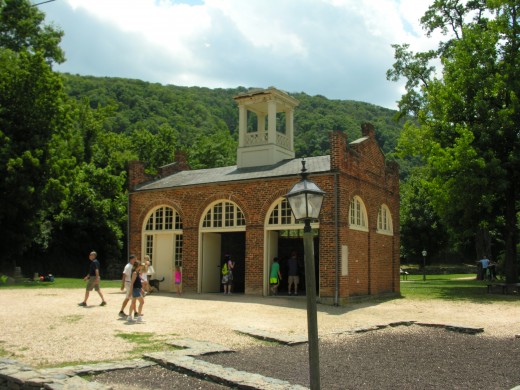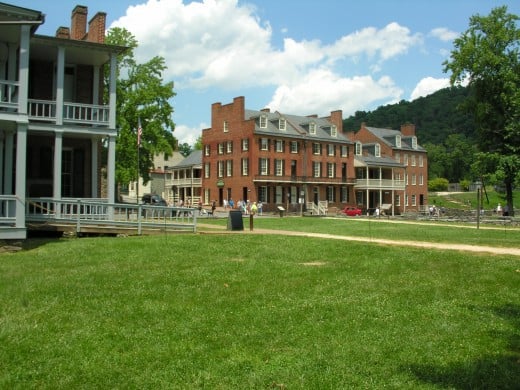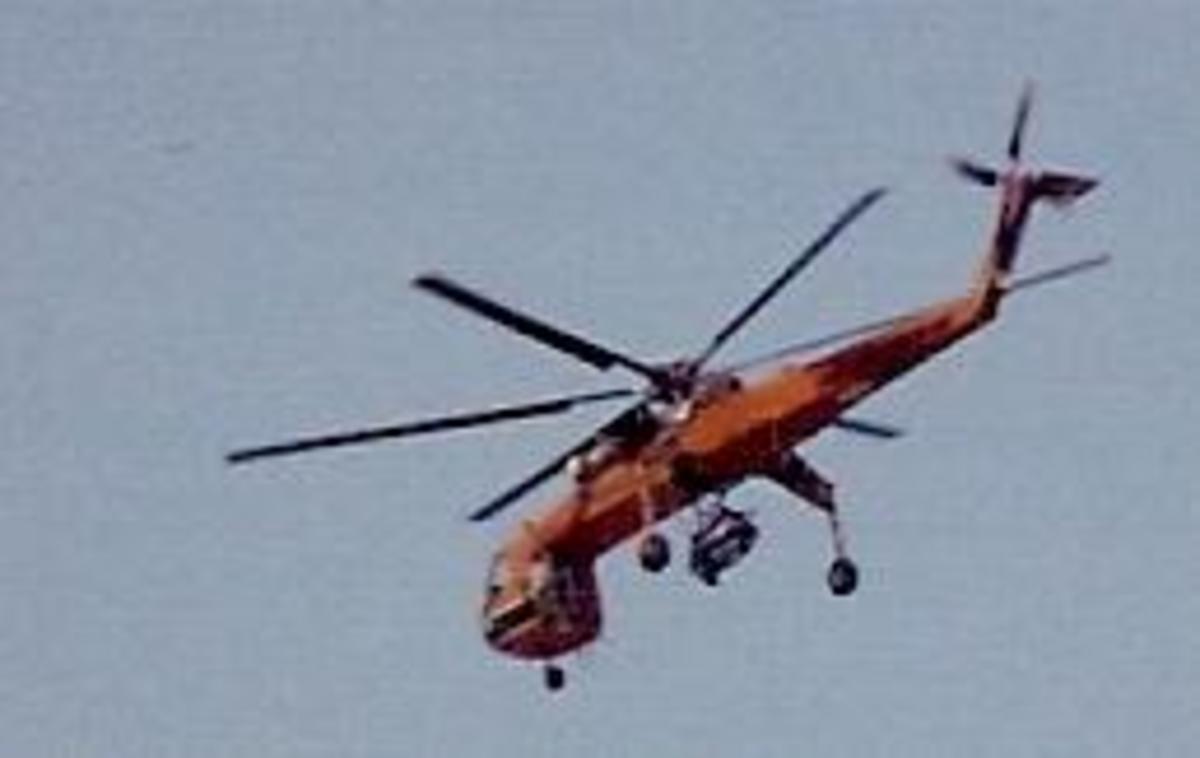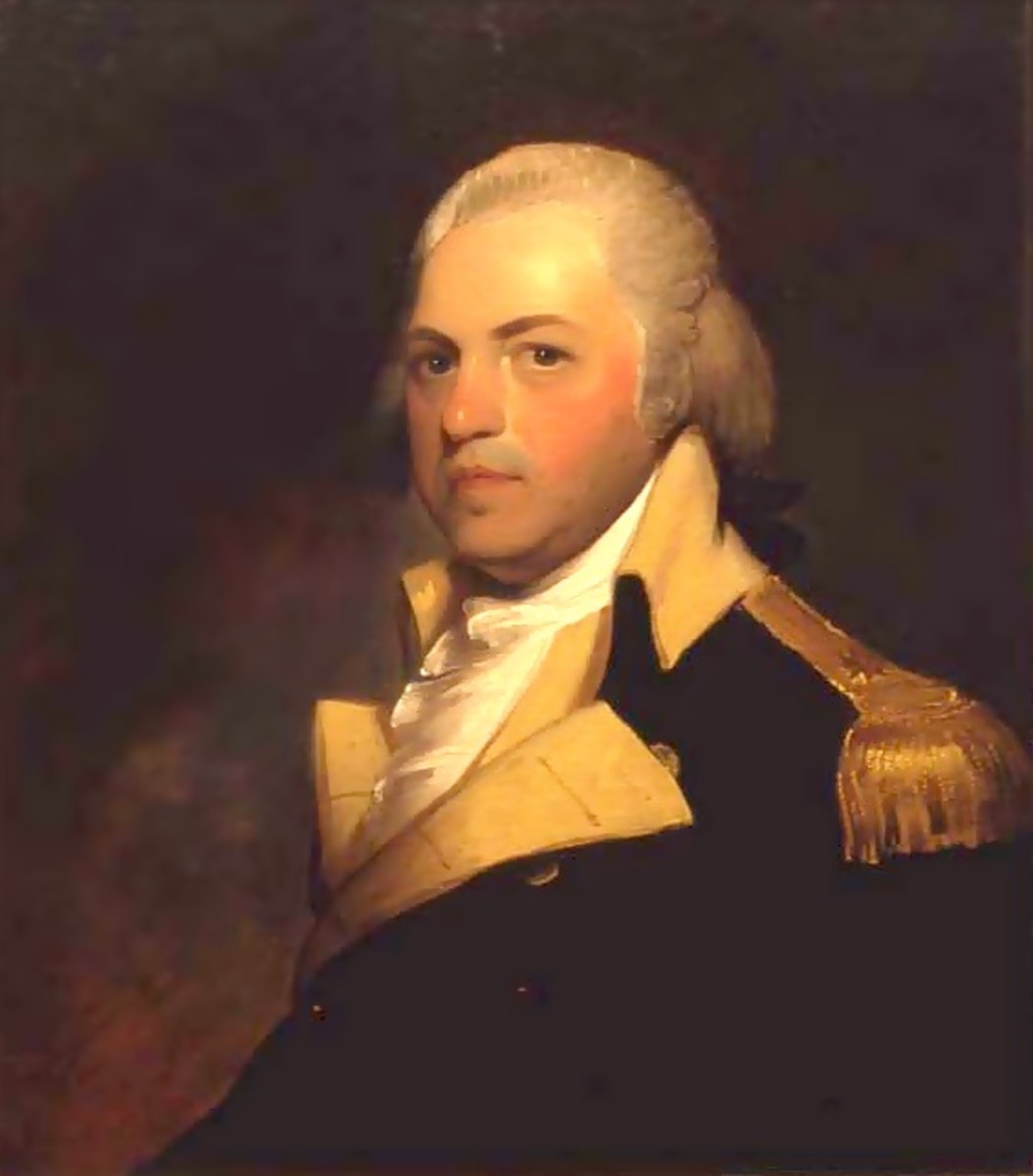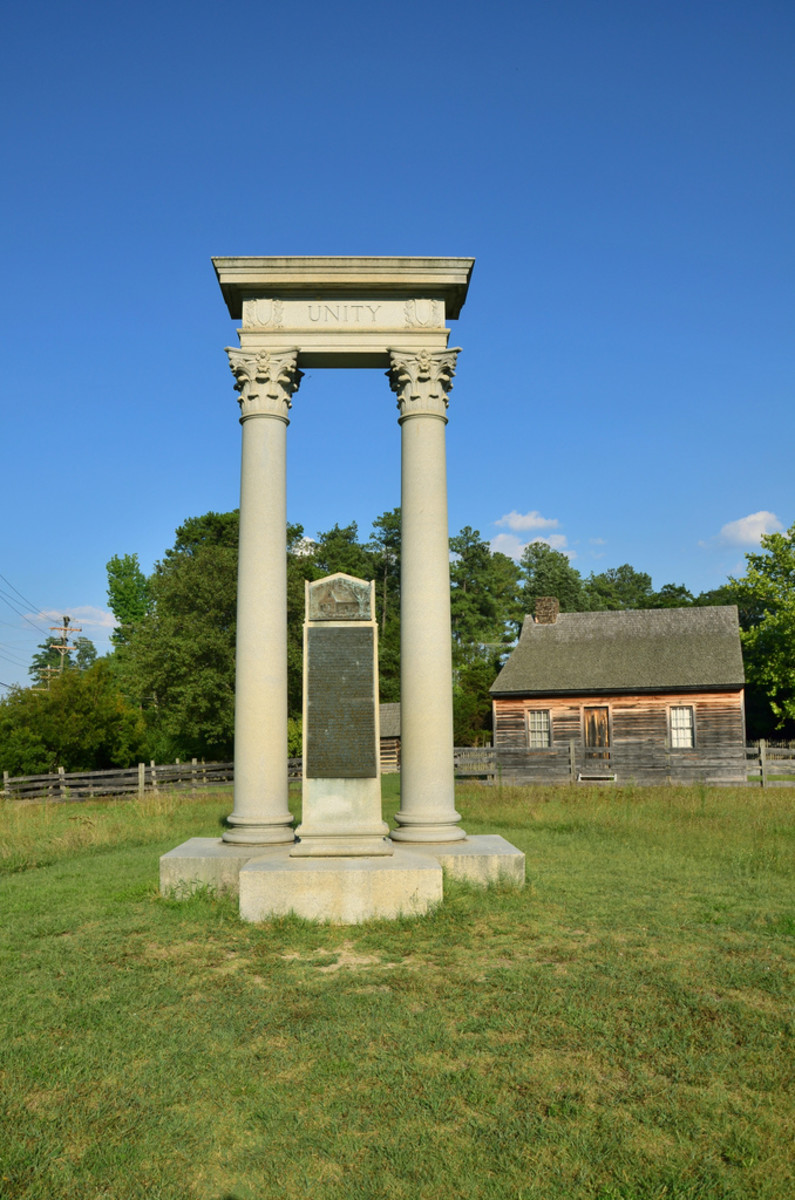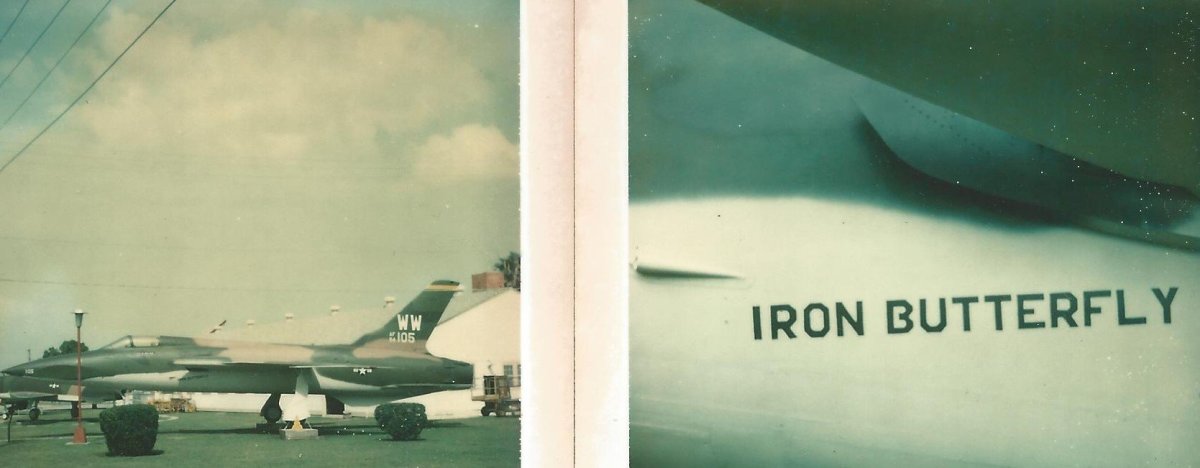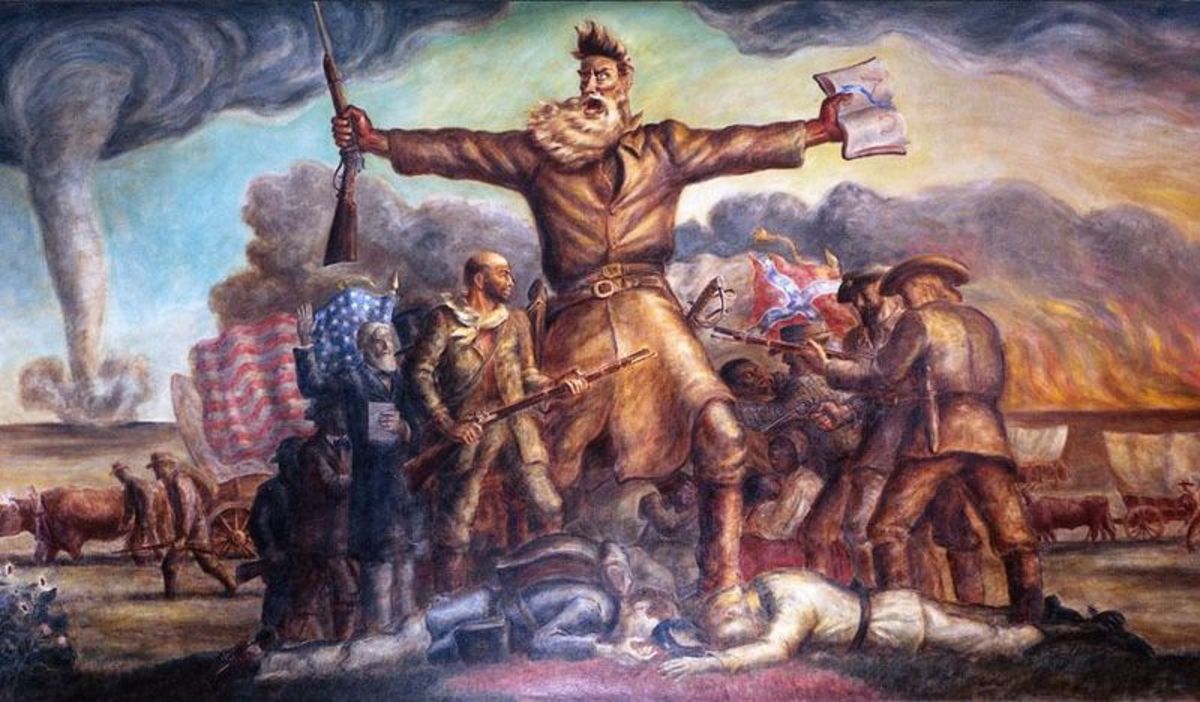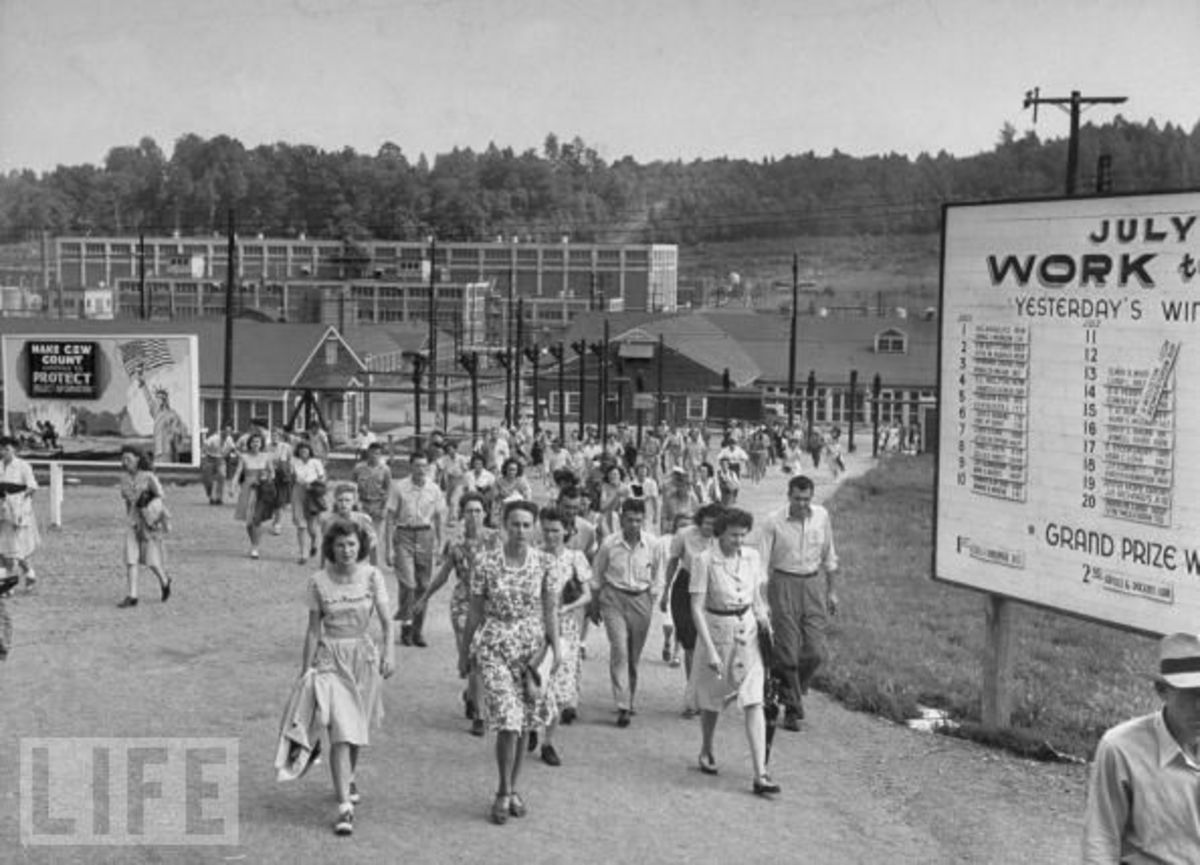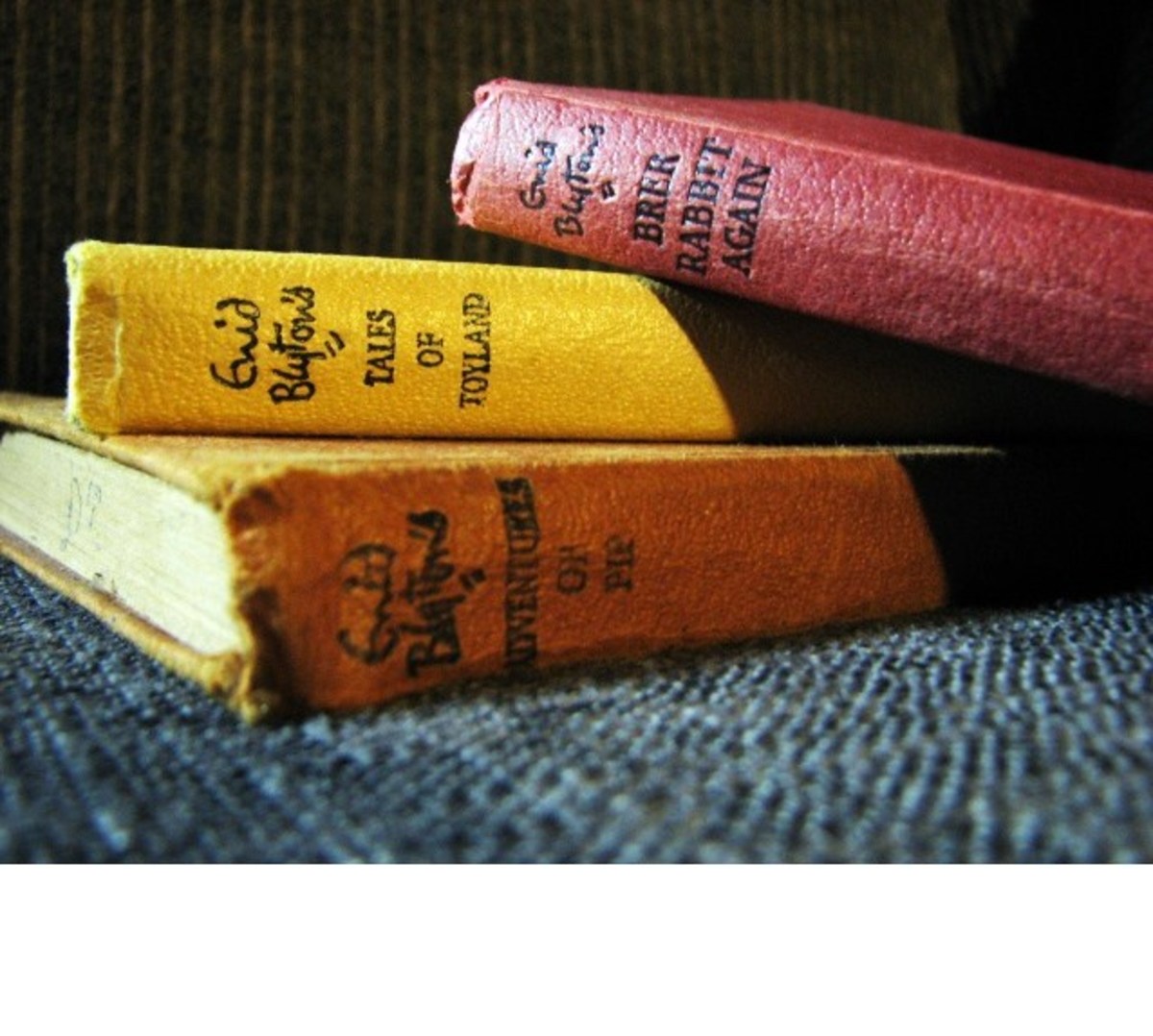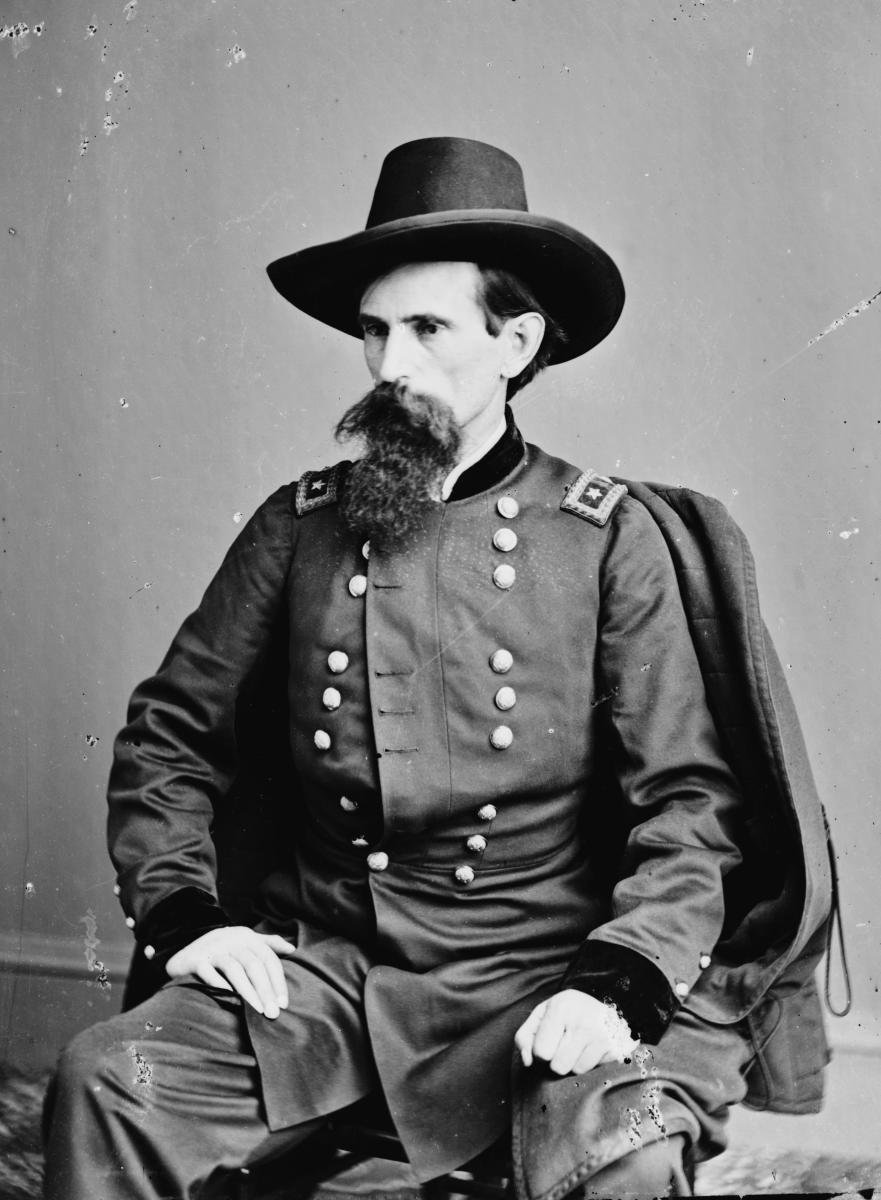- HubPages»
- Education and Science»
- History & Archaeology»
- History of the Americas
Harpers Ferry, a Good Place to Learn American History















More Than it Seems
Harpers Ferry, West Virginia might seem to be a typical tourist trap. It has the small gift shops and places to eat typical of small towns that depend on tourism. Harpers Ferry is a quiet town in a scenic area. It is a good place for a day trip get away. Harpers Ferry is also a good place to learn and better understand the history of the United States of America. The entrance fee for Harpers Ferry is $5.00 per person or $10.00 per vehicle. This makes it a good place to bring a family. The entrance passes are good for 3 consecutive days.
Early Harpers Ferry History
Robert Harper founded Harpers Ferry as a ferry point to get across the Potomac River. He started the service in 1761. The Virginia General Assembly established the town of Shenandoah Falls at Harpers Ferry in 1763.[i] On October 25, 1783 Thomas Jefferson was at Harpers Ferry. From its heights he called the view “perhaps one of the most stupendous scenes in nature.” Well traveled people may take issue with Thomas Jefferson’s assessment. The view is certainly one of the most impressive in the area around Washington, DC. In 1794 president George Washington proposed the site for the United States armory and arsenal to be at Harpers Ferry. The government accepted Washington’s proposal and the U.S. Armory and Arsenal at Harpers Ferry began its operations in 1801.[ii]
When Meriwether Lewis and William Clark went on their expedition to explore the land acquired in the Louisiana Purchase they had light weight canoes constructed at Harpers Ferry. There is a small museum building in Harpers Ferry that gives details about the canoes and the Lewis and Clark expedition.
[i] Trail Runner Magazine, http://www.trailrunnermag.com/destinations/northeast/480-tourism-by-trail-harpers-ferry-west-virginia, last accessed 7/11/16.
[ii] http://www.harpersferrywv.us/about.htm, last accessed 7/11/16.
Rising and Falling
The rivers provided power for the turbines for the factories and Harpers Ferry grew into a large industrial city. It was at the forefront of the industrial revolution. In September, 1862 General Robert E. Lee sent General Thomas “Stonewall” Jackson to capture Harpers Ferry. General Jackson had artillery positioned on the heights surrounding Harpers Ferry. On September 15 the Confederate artillery rained down on Harpers Ferry. Then the Rebel infantry attacked. Union General Dixon Miles surrendered his 12,000 man garrison. An artillery shell shattered General Miles’ left leg, mortally wounding him. General Jackson and his troops then rejoined General Lee.[i] General Lee’s troops then fought General George McClellan’s Army of the Potomac in the battle of Antietam[ii]. The Union troops that surrendered at Harpers Ferry were paroled and sent north[iii]. These Union troops felt embarrassed by their surrender and fought hard during The Battle of Gettysburg. The African-Americans who were in Harpers Ferry were declared “Contraband of War” and sent south into slavery.
Harpers Ferry changed hands numerous times during the Civil War. During the war it was under military occupation. The Provost Marshal enforced the laws and meted out punishment which in some cases was the death penalty. At the end of the war Harpers Ferry was in the new state of West Virginia. By the end of the war Harpers Ferry was virtually destroyed.
After the war Harpers Ferry, and the rest of the south, underwent reconstruction. On October 2, 1867, Storer Normal School opened. It later became Storer College. It was one of the nation’s first colleges for African Americans. Storer College remained open until June 30, 1956.[iv] The Niagara Movement, which later became the NAACP, held its second conference on the Storer campus in 1906.[v] Harpers Ferry again became an industrial town. In the 1920s and 30s a series of floods repeatedly devastated Harpers Ferry. Harpers Ferry never recovered from these floods.
Harpers Ferry seemed destined to remain an obscure place that is mentioned a couple of times in history books. The government made Harpers Ferry National Historical Park. This turned Harpers Ferry into a tourist site and directly and indirectly created jobs for the Harpers Ferry community.
[i] Civil War.org, http://www.civilwar.org/battlefields/harpers-ferry.html, last accessed 7/16/16.
[ii] In the south this battle is referred to as The Battle of Sharpsburg. Often during the Civil War the northerners named battles by the nearby river, in this case Antietam Creek. The southerners named battles by the nearby town, in this case Sharpsburg.
[iii] In the early part of the Civil War captured soldiers were paroled. They were sent up north and kept garrisoned until an agreement was reached where an equal number of soldiers on both sides were released and eligible to be returned to battle.
[iv] Black Past.org, http://www.blackpast.org/aah/storer-college-1867-1956, last accessed 7/17/16.
[v]National Park Service, https://www.nps.gov/hafe/learn/historyculture/storer-college.htm, last accessed 7/17/16.








The John Brown Raid
The John Brown Raid is why people remember Harpers Ferry. Harpers Ferry has a John Brown Museum. The museum has a 3 part video presentation that tells the story of John Brown’s life and legacy. Part 1 of the presentation takes place in a room that has benches that resemble church pews. It contains poster boards and artifacts and a touch screen that gives information about John Brown and the situation in the antebellum south.
John Brown from an early age believed slavery was evil. He was involved with the Underground Railroad. John Brown met famed abolitionist Frederick Douglass in Massachusetts in 1848 and outlined a plan to start a war to free the slaves. John Brown went to Europe in 1849 to salvage a failing business venture.[i] While there he visited European battlefields.
In the early years of the United States territory admittance into the union was carefully balanced between free and slave states. This changed with the Kansas-Nebraska Act of 1854. This act repealed the Missouri Compromise which outlawed slavery above the Mason-Dixon Line. The Kansas-Nebraska Act meant states could decide for themselves if they were to be free or slave. This started a range war between pro-slave and pro-free settlers. Kansas was given the nickname “Bleeding Kansas”. John Brown joined the fighting and was a captain in a paramilitary unit called The Liberty Guards. In May 1856 a pro-slavery militia sacked Lawrence, Kansas. John Brown decided to retaliate. On May 23 John Brown, with his sons Owen, Frederick, Salmon, and Oliver, along with Henry Thompson, Theodore Weiner, and one other man captured and hacked to death Allen Wilkinson, William Sherman, James, Drury, and William Doyle.[ii] A sword used in the massacre is on display in the John Brown Museum.[iii] On August 30 Martin White shot and killed John Brown’s son Frederick.[iv]
The loss of his son strengthened John Brown’s resolve. On July 3, 1859 John Brown with 3 of his men arrived at Harpers Ferry to scout the area.[v] John Brown and his men stayed at the farm of Dr. Booth Kennedy in Maryland. Mrs. Kennedy took care of the men and gave the farm the appearance that everything was normal. On August 16 Brown met with Frederick Douglas at a rock quarry in Chambersburg, Pennsylvania. He wanted Brown to come with him to Harpers Ferry. Douglas tried to convince Brown not to attack Harpers Ferry. Brown didn’t convince Douglas to join him but Shields Green who was at the meeting joined John Brown.
Part 2 of the presentation is in an adjacent room. Its seats resemble rifle cases. It contains some touch screens that give information about the John Brown Raid participants. This part of the presentation talks about the raid.
John Brown and his 21 men left the Kennedy Farm and attacked Harpers Ferry on the night of October 16. Their weapons included several hundred pikes. John Brown had these pikes made so those joining the uprising who did not know how to use a rifle could use pikes until they learned how to use rifles.
John Brown’s men took control of the railroad station and the arsenal. They also cut the telegraph wires. When they took control of the railroad station they shot and mortally wounded Heyward Shepherd, a former slave. Brown’s men also went to nearby farms. Among these was the Lewis Washington farm. Lewis Washington was the great grand-nephew of George Washington. They put Lewis Washington under house arrest under the guard of his slaves. One of Washington’s slaves, Jim, joined John Brown.[vi] After holding a Baltimore bound train for 5 hours they let it proceed. At about 7AM the raiders killed Thomas Boerty. When the arsenal workers arrived for work that morning they found the arsenal was under the control of Brown’s men. Brown’s men took about 60 prominent citizens hostages.[vii] Townspeople and local militias engaged John Brown’s men. The townspeople had plenty of fire arms but not much ammunition. They improvised. Among the items used were railroad spikes. One spike struck Dangerfield Newby in the neck. He was the first of John Brown’s men killed in the raid. His body was mutilated by the townspeople. Brown’s men killed George W. Turner and Harpers Ferry’s mayor, Fontaine Beckham. A number of Brown’s men were captured or killed. In one case a raider was captured but jumped from a bridge. He was shot dead in the river by a hail of bullets. The townspeople and militia forced the raiders to abandon most of their positions. Some of the raiders, including John Brown’s son Owen, escaped. Lewis Washington’s slave Jim reached the river but drowned.[viii] The remaining raiders withdrew to the fire engine house. They barricaded themselves in the fire engine house with their hostages, which included some slaves. Brown attempted to negotiate by sending some of his men out under white flags. These men were either captured or killed.
When the train John Brown’s men let leave Harpers Ferry reached Baltimore the crew reported what was happening in Harpers Ferry. Washington was informed and President James Buchanan ordered a detachment of 86 marines to Harpers Ferry. Secretary of War John B. Floyd gave Lieutenant Colonel Robert E. Lee overall command of the operation. He and Lieutenant J.E.B Stuart went by a special train to link up with the marine detachment. Lieutenant Israel Green was the detachment commander. Major William R. Russell, the unit’s paymaster, was with the detachment. Since he was a staff officer he didn’t exercise command.[ix]
When the detachment arrived at Harpers Ferry many of the militia troops were drunk. Lt. Col Lee ordered the saloons closed. He sent Lieutenant Stuart to demand John Brown and his men immediately surrender. When John Brown refused Lee offered the Virginia militia the opportunity to storm the firehouse. They declined the offer so Lee had the militias hold back the crowd and ordered the marines to storm the firehouse. Lieutenant Green led 12 of his marines to the firehouse. Major Russell went with the storming party. Major Russell was armed only with a rattan stick. Lieutenant Green had a dress sword. The marines were under orders to use their bayonets only. This way the hostages would not be accidentally shot. Lt. Col. Lee ordered the marines not to harm any of the slaves unless they offered resistance. The storming party first tried sledge hammers. When the sledge hammers failed they used a ladder as a battering ram. This opened the door and the marines rushed inside. Private Luke Quinn was killed and Private Matthew Ruppert was slightly wounded. Lt. Green struck John Brown in the back of the neck with his sword. This sent John Brown to the ground in a pool of his own blood. The rest of John Brown’s men in the firehouse were captured or bayoneted to death.
Lt. Col. Robert E. Lee reported no slaves joined in the revolt and those that fled the area returned after the fighting ended. Hannah N. Gettert proposed an alternate view in her article “John Brown and his Black Allies: An Ignored Alliance.”[x] The second part of the presentation ends by pointing out, no slaves were freed and the raid had failed. It ends with the question, “Or had it?”
The room for the final part of the video presentation has seats that represent those in a court room. The poster boards include information related to the trial and of various aspects of the civil rights movement and protests in the United States. The film deals with the aftermath of the raid. In the north John Brown was dubbed “John the Just”. In the south he was viewed as someone who tried to instigate a blood bath.
The state of Virginia tried him in Charlestown for murder, treason, and conspiracy. John Brown was convicted and sentenced to death. An appeal was filed claiming he was insane. Another appeal was filed claiming the treason charge was invalid because he owed no allegiance to the State of Virginia. John Brown refused to participate in plans to rescue him. He was executed in Charlestown on December 2, 1859. A large force of Virginia troops was on hand to prevent any rescue attempt. Future President Lincoln Assassin, John Wilkes Booth, was one of those who volunteered for the Virginia militia so he could witness the hanging.
The state of Virginia executed Shields Green, and 3 others, on December 16, 1859. Albert Hazlett and Aaron Dwight Stevens escaped Harpers Ferry but were captured in Pennsylvania. They were extradited to Virginia and were executed on Mary 16, 1860.
The investigation revealed he had assistance from the north. The people of the south feared more such insurgencies and armed themselves. They also distrusted people from the north. This distrust split the Democratic Party and so Republican Abraham Lincoln was elected president in 1860. Lincoln took office on March 4, 1861 and with the fall of Fort Sumter on April 12, 1861 the Civil War began.
[i] New World Encyclopedia, http://www.newworldencyclopedia.org/entry/John_Brown, last accessed 7/17/16.
[ii] West Virginia Culture, The Life and Legacy of John Brown, http://www.wvculture.org/history/jbexhibit/jbchapter5.html, last accessed 7/17/16.
[iii] The sword resembles a Roman Gladius.
[iv] West Virginia Culture, The Life and Legacy of John Brown, http://www.wvculture.org/history/jbexhibit/jbchapter5.html, last accessed 7/17/16.
[v] The Trail of John Brown, A Chronology, http://law2.umkc.edu/faculty/projects/ftrials/johnbrown/brownchronology.html, last accessed 7/24/16.
[vi] John Brown and his Black Allies: An Ignored Alliance, The Pennsylvania Magazine of History and Biography, Vol. CXXZVI, No. 4, (October 2002), by Hannah N. Geffert, https://journals.psu.edu/pmhb/article/viewFile/45573/45294, last accessed 7/18/16.
[vii] History Net, http://www.historynet.com/raid-on-harpers-ferry, last accessed 7/19/16.
[viii] John Brown and his Black Allies: An Ignored Alliance, The Pennsylvania Magazine of History and Biography, Vol. CXXZVI, No. 4, (October 2002), by Hannah N. Geffert, https://journals.psu.edu/pmhb/article/viewFile/45573/45294, last accessed 7/18/16.
[ix] History Net, http://www.historynet.com/raid-on-harpers-ferry, last accessed 7/19/16.
[x] John Brown and his Black Allies: An Ignored Alliance, The Pennsylvania Magazine of History and Biography, Vol. CXXZVI, No. 4, (October 2002), by Hannah N. Geffert, https://journals.psu.edu/pmhb/article/viewFile/45573/45294, last accessed 7/18/16.
John Brown's Raiders
Escaped
| Executed
| Killed at Hapers Ferry
|
|---|---|---|
Owen Brown
| John Brown
| Dangerfield Newby
|
Osborne Perry Anderson
| John Edwin Cook
| Stewart Taylor
|
Barclay Coppoc
| John Anthony Copeland
| William H. Leeman
|
Francis Jackson Merriman
| Edwin Coppoc
| Lewis S. Leary
|
Charles Plummer Tidd
| Shields Green
| John H. Kagl
|
Albert Hazlett
| Jeremiah Anderson
| |
Aaron Dwight Stevens
| Dauphin Thompson
| |
William Thompson
| ||
Oliver Brown
| ||
Watson Brown
|
This content is accurate and true to the best of the author’s knowledge and is not meant to substitute for formal and individualized advice from a qualified professional.
© 2016 Robert Sacchi
